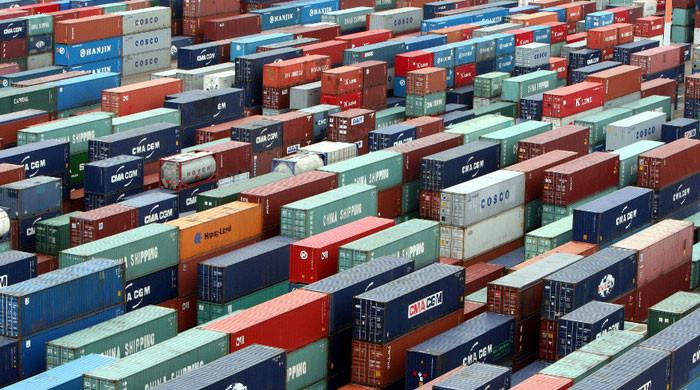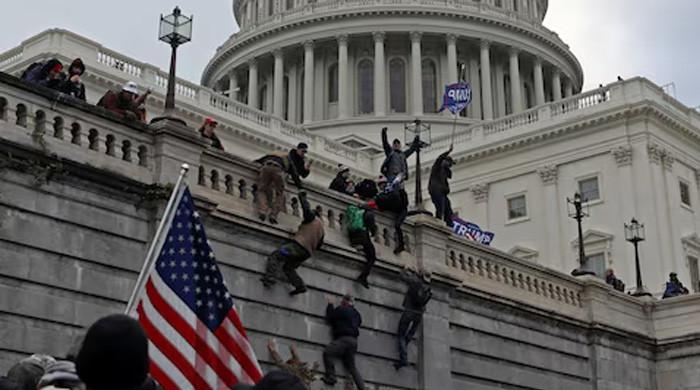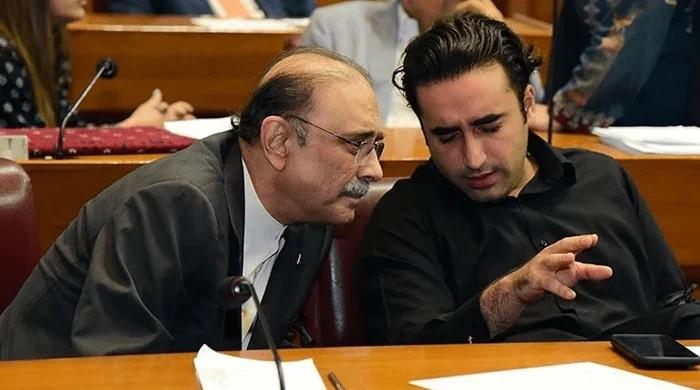Tips to attract investment
Scale, speed, and impact of investments are highly uncertain, yet potential for transformative economic and market forces remains significant
August 10, 2024

With no sign of a resolution to ongoing geopolitical conflicts, attracting foreign investment is quite challenging in the current global landscape, but can be certainly feasible with the right approach.
It requires a well-defined strategy and a supportive environment that offers investors the necessary incentives and protections to make investments in a country. In Pakistan, particularly, the situation is complex.
The scale, speed, and impact of investments are highly uncertain, yet the potential for transformative economic and market forces remains significant. To attract and manage investments effectively, investment promotion agencies (IPAs) need to reevaluate and modernise marketing strategies to maintain relevance and competitiveness.
For investors, understanding national fundamentals is crucial, and the difference between successful and unsuccessful investments could become more pronounced. Therefore, adopting a flexible and dynamic approach is essential, with rule of law as an essential factor. Preparing to adjust strategies and asset allocations in response to shifting opportunities and outcomes will be key to successfully navigating the evolving investment landscape where nearshoring and friend-sharing are becoming stronger trends.
During the past three years, there has been quite a lot of policy discussion on potential inbound investment primarily from the Middle East and China, and several initiatives have been taken, including the recent visa-on-arrival and exemptions on visa fees to boost inbound tourism and in the spirit of attracting large-scale investors from partner countries.
The Foreign Investment (Promotion and Protection) Act, 2022, and the Pakistan Investment Policy (PIP) 2023 were designed to transform Pakistan's investment landscape; increase the investment-to-GDP ratio from 15% to 20%; and establish the SIFC.
These frameworks aim to attract more FDI and improve the country's investment climate. Notable work has been done on the Pakistan Single Window (PSW), which allows stakeholders to standardise information and documents through a single entry point to meet all import, export, and transit-related regulatory obligations. These measures illustrate Pakistan's dedication to enhancing its investment appeal, increasing FDI inflows, and supporting economic growth.
Similar regional initiatives by our competitors further highlight the importance of streamlined processes and attractive investment policies, including investors' trust building in the legal and bureaucratic systems.
If one looks at the SIFC's websites and other investment promotion and attraction agencies, it seems there are widespread opportunities highlighted for investors with more liberal policies, however, the general discussion and narrative is quite the opposite oscillating between investments and their impact. Despite much-discussed investments in the technology and services domains, energy and infrastructure investments remain the most sought-after sectors in the short term due to their crucial role in economic development and stability.
Similarly, the manufacturing, tourism, and services sectors also receive considerable attention, but their attractiveness can vary depending on regional economic conditions, market demands, and government policies. The prioritisation can also differ based on local contexts and specific economic conditions.
The reason for us not being able to attract heralded investment numbers is perhaps due to less synergy, poor capacity and exposure, poor market intelligence, and not making country-specific tailored approaches. Modern investment attraction strategies often focus on leveraging technology, data, and tailored approaches.
We need to adopt a more comprehensive and incremental approach to identify potential conditions for domestic and global economies and markets over the next six to 12 months. This requires enhanced intelligence gathering through our commercial attaches overseas and identifying a wide range of potential investors. Collaboration with portfolio managers will be essential in navigating the near-term outlook and anticipating various economic landing scenarios.
As we reenergise diplomatic channels to revive CPEC and organise several key visits on both sides of the border, we must ask Chinese experts from various sectors to teach us the right marketing strategies that can help attract Chinese private sector-led investments. We have to realise that our narrative that relocating manufacturing industries from China to Pakistan is a prime opportunity for businesses there may not work, especially when tax holidays given to SEZs in Pakistan, which already lack the basic utilities and the competitive One Window, are also coming under the scrutiny of the IMF.
While we seek support from the Chinese government to encourage its influential private enterprises to invest in Pakistan under CPEC 2.0, it is crucial that we also enhance our policy and regulatory frameworks to safeguard and promote Chinese investments. We must bolster protection and create an environment that fosters robust partnerships between Pakistani firms and their Chinese counterparts, particularly in joint ventures across manufacturing, services, IT, energy, and agri-development projects.
We must address recent debates surrounding independent power producers (IPPs) and capacity charges with careful consideration. Targeting these issues at Chinese investors would undermine our strategic interests and should be handled appropriately to maintain strong bilateral economic relations.
We must expedite making at least one SEZ, one minerals processing plant, and one tech park successful through an ink spot development model, and expand this to other priority zones. The SIFC may take this initiative since the existing mindset within the bureaucracy will require more than just a strong whole-of-government approach. The role of the SIFC may be significant, as legal, regulatory, and governance frameworks greatly influence investor decisions when selecting investment destinations. These institutional attributes are crucial in helping investors evaluate risks and opportunities – both are high in Pakistan.
Importantly, a task force with time-bound deliverables may be constituted to revamp NEVTEC/provincial TEVTAs in a more private sector-led approach since a skilled workforce is critical for attracting foreign investment, as the recent report presented to the Senate committee gives a reason for this with a significant portion of the Pakistani labour force remaining unskilled and nonproductive for high-end skilled jobs.
We must appreciate that one of the key benefits of FDI is facilitating the transfer of technology while operating in a socially and environmentally responsible manner, contributing to diversifying and upgrading domestic production and productivity, for which skilled labor is a prerequisite.
These initiatives may seem small but are critical, as global experts recommend that in an unstable political environment, the government will have to work together to establish and maintain conditions that facilitate investment moving inward not only to take advantage of our resources and large market but also to increase our influence on the global economy and trade.
The writer is a project management specialist and is a faculty member at various institutes/universities, while also having served as a diplomat in China and Vietnam. He can be reached at: [email protected]
Disclaimer: The viewpoints expressed in this piece are the writer's own and don't necessarily reflect Geo.tv's editorial policy.
Originally published in The News











